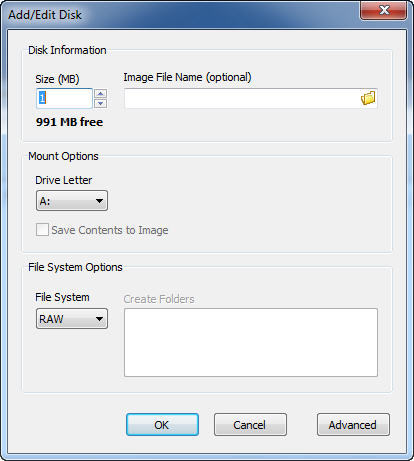


It was discovered, that redis, a persistent key-value database, due to a packaging issue, is prone to a (Debian-specific) Lua sandbox escape, which could result in remote code execution. I've been trying to create a ramdisk with the commands above, but it isn't working for me, what command do I run to create a 15GB ramdrive,formatted as FAT32, with a logical partition, with the letter A? Thanks in advance,and thanks again for making this awesome software.SAP NetWeaver AS JAVA (LM Configuration Wizard), versions - 7.30, 7.31, 7.40, 7.50, does not perform an authentication check which allows an attacker without prior authentication to execute configuration tasks to perform critical actions against the SAP Java system, including the ability to create an administrative user, and therefore compromising Confidentiality, Integrity and Availability of the system, leading to Missing Authentication Check. I posted my results here, although I tried it on different amounts of memory, so the results may seem skewed.

I tried it with a bunch of ramdisks,and it was neck in neck with Asus ROG Ramdisk, but OSFMount offers a few more options. Results will probably vary depending on your hardware. So we would encourage people to do their own. We also did a benchmark comparison with Softperfect as they were the other fastest solution at the time.īut it is pretty trivial to run a comparison. We did some benchmarks back in 2019 with Arsenal image mounter (as I don't think there is another other solution that supports the same range of disk image formats). I think all the available options are in the help file. LIMITATIONS: The disk must be mounted using physical emulation option. This means the orginal disk image is never modified and all changes get added to a separate delta file. With this option the virtual disk is backed by the '-f' image file and an existing write cache file (.osfdelta). There is also a 3rd option which is "-t file+wc". It will generally be a lot slower than a RAM drive. But some caching in RAM can still happen. img file (the new volume is backed by a file and not by virtual memory). Using the -t file option means all reads and writes go back into the. Manually saving a RAM drive back to disk will be slow, as typically disks are pretty slow. So changes to the RAM drive are lost (unless you manually save it). Once this happens there is no mirroring or backups back into the on disk. Adding the -f option, pre-loads a disk image into the RAM drive. If you don't have enough free physical RAM, performance will drop off a cliff as the operating system will start swapping to disk. If you have enough free physical RAM, this will be a very fast drive. So the content of the drive is stored in virtual memory.

Using the virtual memory "-t vm" option on the command line creates a RAM drive.


 0 kommentar(er)
0 kommentar(er)
